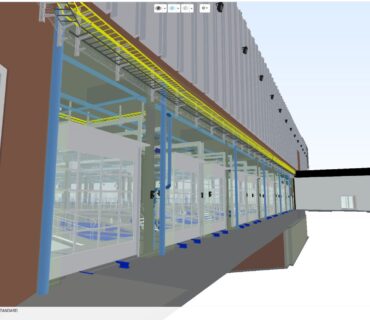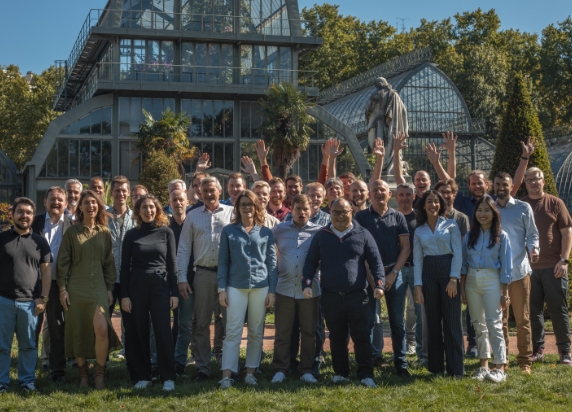When it comes to investing in new technologies, many companies might be afraid to take the step (see articles “Why is Building Information Modeling (BIM) not a constraint?” or “Generate new business models“). It often happens that the operational staff has a real need for a collaboration platform, but there is no budget allocated for it, or sometimes the management does not see a particular interest in it. At Catenda, we offer an alternative to our standard licenses, which avoids the need to negotiate new project budgets, find the right operation, or wait for a consensus within the teams: a Proof of Concept (POC). The POC is part of the Agile method concepts and is the equivalent of a tool test, a working method or an idea. What does a successful POC look like?
Principle and implementation of a POC
If you think a POC is a kind of extended free trial, read on. A POC is a real engagement between a service provider and the customer with the objective of deploying a service that meets the expressed needs. It is less restrictive than an enterprise contract which can generate resistance from some users. However, a POC is more structured than a simple license where the client is left to his own devices.
To start a POC, it is necessary to address the following points:
- The customer’s objective(s) – What are their challenges? What do they want to put forward? What are the key features? Are they targeting an adoption rate for this new technology? Is there a particular scope that needs to be covered? etc.
- The frequency of the provider’s follow-up – A client should not be left alone with a blank page, the provider should accompany him/her. It is therefore important to agree on the frequency of the review of the POC.
- Duration – a POC should not last for years. Generally, after a few months, the customer can already give an opinion on the solution they are testing. The objective is to accompany the change.
- Quantitative and/or qualitative targets – in order to be able to determine clearly and objectively whether the POC is successful, the provider and the client must agree on objectives. Ideally, there should be a shared space where both parties can see real-time progress against these goals.
- A commitment following the POC – again a POC is not a free trial of a service, but rather a demonstration by trial. This means that if the system works and the targets are met then a POC should lead to a contract.
- Key people – each stakeholder must determine who the key people will be for this POC, whether from a technical, business or operational perspective. The communication channels must also be defined according to the type of information to be communicated (email, phone, dashboard, instant messaging, etc.).
- A budget – a POC requires resources on the client side but also on the provider side. This includes follow-ups, training, report writing, sharing of target progress, etc. There is an effort on the part of the provider to ensure the success of the POC.
At the end of the Proof Of Concept, the service provider will submit a report with the different actions carried out, the elements that were brought up by the client or the service provider, and the achievement or not of the objectives. This report will enable the POC to be concluded and a global contract to be considered with the other departments of the company (legal, IT, etc.).
Concrete example: Equans
To illustrate the implementation of a POC, we interviewed Michael Hatchi, BIM Manager at Equans (formerly Engie Solutions) in Belgium. Equans is an engineering company specialized in networks and large infrastructure projects. Michael is responsible for the coordination and management of the BIM (Building Information Modeling) process, mainly at the design level and sometimes up to project delivery.
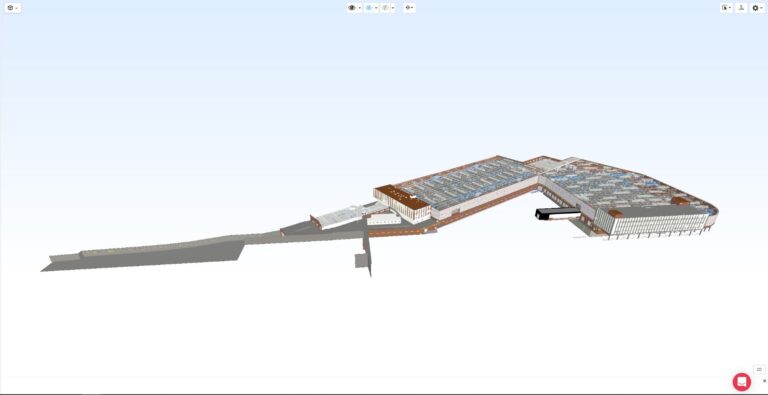
How did you hear about Catenda Hub? What interested you in the platform?
Michael was assigned as BIM Manager at the beginning of a project for which Equans was the prime contractor. He needed to write a BIM Execution plan and wanted to update Equans’ agreement. After downloading our BIM Execution Plan (BEP), Michael researched Catenda and the services they offered. “At the time, I was thinking about optimizing and streamlining our digital tools,” Michael explains. Equans had a multitude of tools that were only partially used, and “Catenda offered a tool that focused all of my needs BCF (BIM Collaboration Format) management, a mockup viewer, and document coordination).” “I came for the consulting, I stayed for the service. »
Why did you choose to do a POC rather than take a traditional Catenda Hub license?
Michael opted for the POC over a regular Catenda Hub (previously Bimsync) license “because it gives you the opportunity to test the tool as much as the company and its service,” he says. The market is full of interconnectable technologies that meet specific needs, but customers typically lack support and are left to fend for themselves.
“If we had done a simple free trial, Catenda Hub (previously Bimsync) would have worked as is. But it is usually when you actually use the tool and integrate it into processes that you can see how the platform performs in an ecosystem. And not having that interaction with the vendor, the added value of the platform isn’t as clear.” The customer relationship was critical for Michael and the rest of his division, as they depend on software vendors who are developing ever-wider ecosystems of digital solutions. “It’s not like buying a shovel, which has a simple utility. Here, we’re talking about tools with multiple, complex functionalities.”
A POC also allows for a single point of contact (SPoC) at the vendor; a fortiori requests and needs will be better understood and heard as the relationship between partners develops.
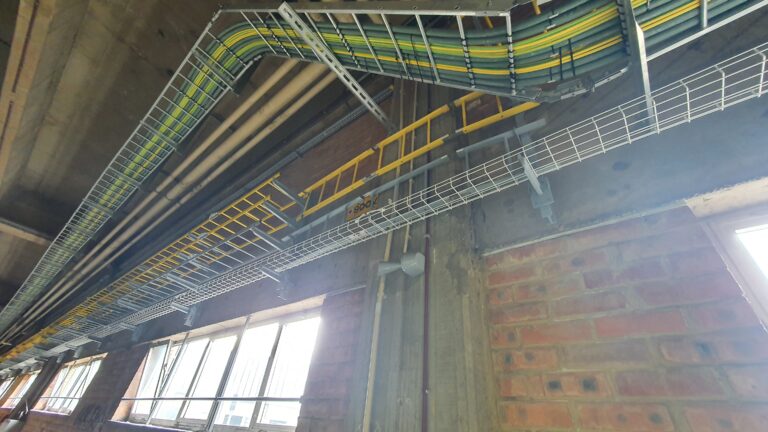
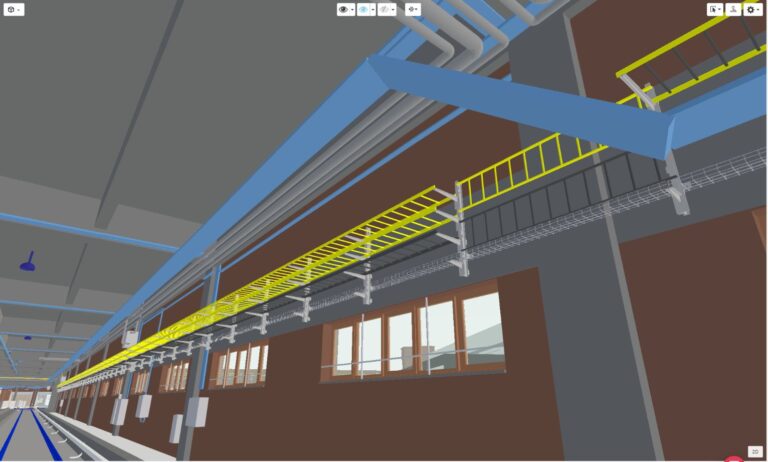
View in Catenda Hub
What is important for you in this POC?
Three key areas of the POC were identified by Michael:
- Checking the effectiveness and relevance of Catenda Hub (previously Bimsync)
- Optimizing the management of the team’s tasks
- Creating a real link (liaison/partnership) with Catenda.
During this trial, there were technological and human issues. “This was my first POC. I have often been offered free trials for months, but with no follow-up, which almost always fall through.” Here, Equans paid for the use of the solution while already investing in its future deployment. “This investment is also shared with Catenda, as the teams have been there for us. It’s a gamble and a commitment from both parties.”
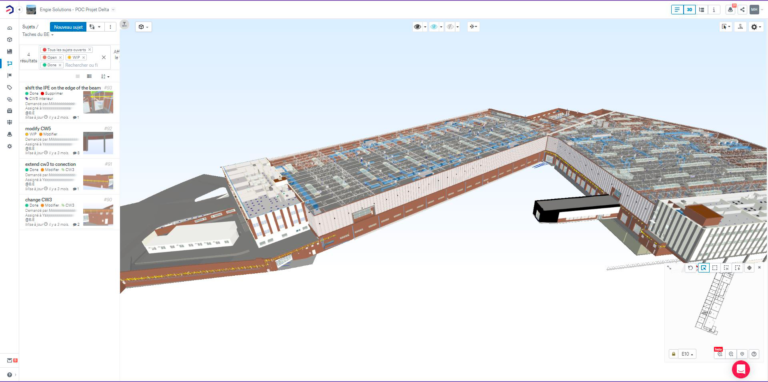
What did you like about the POC with Catenda?
“What I really appreciated was Catenda’s privileged exchange and listening to me” confirms Michael. Thanks to the regular exchanges with Catenda’s teams, Michael was able to have a better vision of Catenda Hub’s deployment and to have an overview of future functionalities.
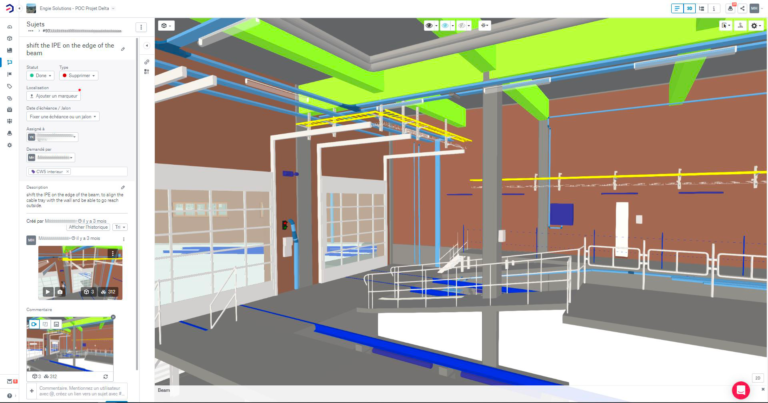
What’s next for this POC?
“The first thing is to ensure a continued partnership between Catenda and our division at Equans.” Secondly, Michael and his team are on a mission to promote BIM within the group (Building Information Modeling). To do this, they want to surround themselves with partners who would help them do this, especially those who offer easy-to-use and comprehensive solutions. As each player has a different level of BIM maturity, it is necessary that the solution is adapted to the knowledge of each one and allows communication with all stakeholders.
Catenda’s motto is “Grow with us”; support is as important as the relevance of our tools. The Equans POC is a perfect illustration of the investment we make in our customers so that they can work better and we can benefit from their expertise to continuously improve our service. Feel free to contact us for a POC and Grow With Us.
Bianca Giorsetti, Regional Manager French Speaking Countries, Catenda
Michael Hatchi, BIM Manager, Equans
